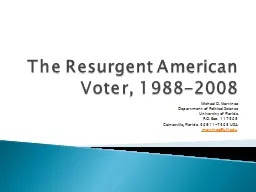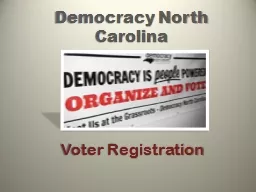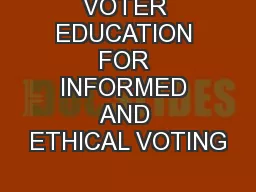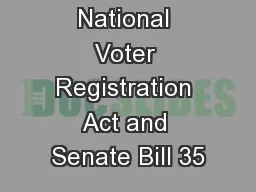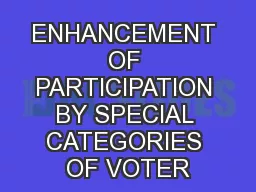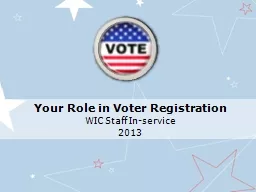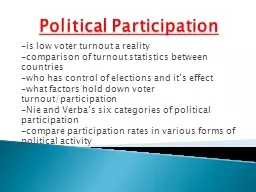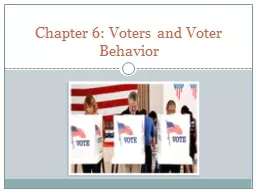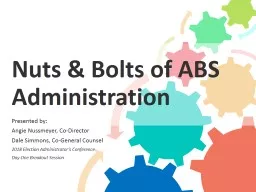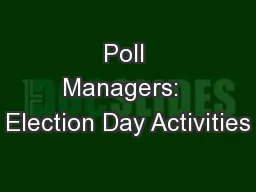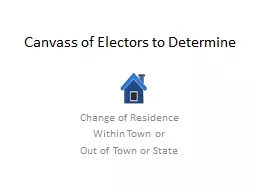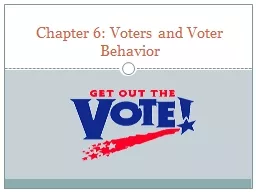PPT-The Resurgent American Voter, 1988-2008
Author : myesha-ticknor | Published Date : 2016-07-03
Michael D Martinez Department of Political Science University of Florida PO Box 117325 Gainesville Florida 326117325 USA martinezufledu A Depressing Bookshelf VAP
Presentation Embed Code
Download Presentation
Download Presentation The PPT/PDF document "The Resurgent American Voter, 1988-2008" is the property of its rightful owner. Permission is granted to download and print the materials on this website for personal, non-commercial use only, and to display it on your personal computer provided you do not modify the materials and that you retain all copyright notices contained in the materials. By downloading content from our website, you accept the terms of this agreement.
The Resurgent American Voter, 1988-2008: Transcript
Download Rules Of Document
"The Resurgent American Voter, 1988-2008"The content belongs to its owner. You may download and print it for personal use, without modification, and keep all copyright notices. By downloading, you agree to these terms.
Related Documents

